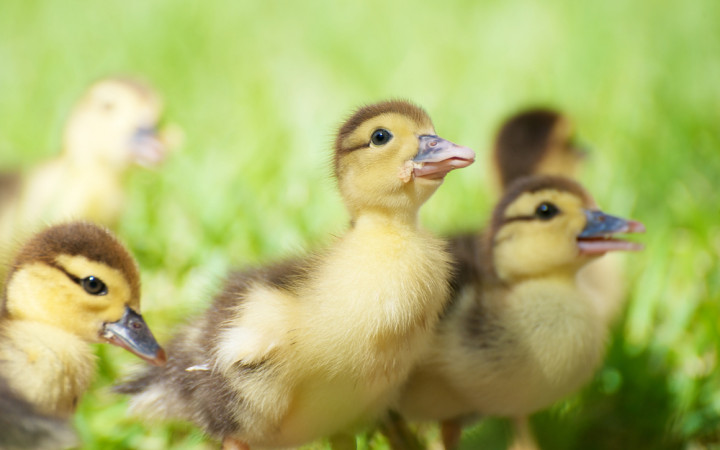As winter approaches, the days get shorter and temperatures drop. Whether it's pulling on a down-filled coat or snuggling under a down comforter, we often have feathers to thank for the warmth we feel. Have you thanked a bird lately?
That's right! We have birds to thank for that stuff we call “down" that is packed inside coats, sleeping bags, comforters, and pillows. Down is the name of the fine feathers that many birds have under their outer feathers.
It seems odd, though, doesn't it? If bird feathers are so warm, why do so many of them head south for the winter? As it turns out, most birds migrate to find food, not because they're cold.
Down feathers are great thermal insulators. The loose structure of down feathers traps air.
As a result, energy cannot be transmitted easily through down feathers. This means birds are insulated from cold air outside, plus their body heat doesn't escape easily either.
Human beings discovered that down feathers are good for insulation long ago. For example, documents from the 1600s show that Russian merchants sold “bird down" to the Dutch hundreds of years ago.
Today, down is used in all sorts of products, including coats, bedding, and sleeping bags, to help better insulate the user from cold weather. Down can be collected from many different types of birds, but most of today's supply comes from domestic geese.
About 70 percent of the world's supply of down comes from China. Most of the down comes from birds killed for their meat. A significant supply of down also comes from Europe and Canada.
In the United States and Europe, it's illegal to pluck down from a live bird. However, live-plucking is known to occur in Poland, Hungary, and China. Animal welfare groups still fight to stop the practice of live-plucking wherever it is discovered.
If you have a down coat or comforter, is it all down? In the United States, laws require that products labeled “100 percent down" contain only down feathers.
If your product is labeled “down," it can contain a mixture of both down feathers and synthetic fibers. Not all down feathers are created equal, though.
Down insulation is rated on a measure called “fill power." The higher the fill power, the more the down insulates.
The highest fill-power rating — 1200 — goes to eiderdown, which comes from the Common Eider duck. Eiderdown tends to be expensive.
Don't worry, though. Down with half the fill power rating of eiderdown still provides good insulation from the cold.
In addition to being warm, down is also lightweight and durable. If cared for properly, down lasts longer than most synthetic fibers. When it comes to down, though, it does have one downfall (pun totally intended).
If down gets wet, its thermal insulation properties basically disappear. When exposed to moisture, down will clump and mildew.
If not dried out properly, mildewed down will begin to have a foul — or is that fowl? — odor. So make sure you keep your down products nice and dry!




